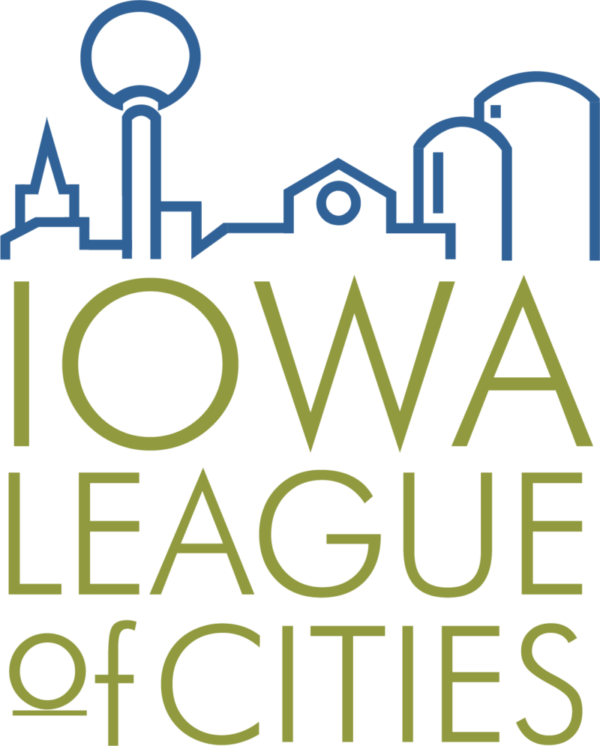The Capital Improvement Plan (CIP) is a three to five-year plan identifying a community’s capital outlay and improvement needs. As a long-range plan, the CIP reflects the community’s policy regarding future physical and economic maintenance and development. By providing a planned schedule of public improvements, the CIP outlines present and future public needs and priorities.
A capital improvement is often defined as any expenditure for equipment, buildings, infrastructure, land acquisition, plan or project in which the cost exceeds $25,000 and the estimated useful life is greater than one year. This limit is set locally as part of a Capital Improvement Policy and would be in compliance with GASB 34. However, it does not reflect the bidding threshold on public improvements.
Capital Improvement Plan Process
Capital project planning is an ongoing process. Each year the CIP document is reviewed and updated. The need or idea for capital improvements can originate from the mayor, city council, citizens or city staff. These items are compiled into a document and presented annually to the city council. Through a series of work sessions, the council focuses on prioritizing the first year’s expenditures along with identifying future needs. Once approved, the CIP outlines the city’s official commitment to funding these expenditures in the upcoming budget. During the annual budget process in the winter, the first-year projects are refined and a financing plan is put into place within the budget to fund those expenditures.
Functions of the CIP
A CIP must be updated each year and adopting a plan does not end with the first year. Changing needs and priorities, emergencies, cost changes, mandates and changes in technology all require the CIP to be updated annually. The city’s public facilities, streets, parks, water lines, equipment, etc., are constantly in need of repair, replacement or expansion. A growing population will require additional or updated facilities. These reasons require that the CIP be updated to maintain the financial solidity of the community. The CIP achieves the following objectives as a component of the city’s budget and financial planning process:
- Reduces the need for “crash programs” to finance the construction or capital maintenance of facilities
- Focuses attention on community goals, needs and capabilities
- Achieves optimum use of taxpayer dollars
- Guides future community growth and development
- Advance planning ensures that projects are well thought out in advance of construction
- Provides for the orderly replacement of capital expenditures
- Encourages a more efficient governmental administration as well as maintains a sound and stable financial program
The CIP Update
The CIP update is the update to the CIP and covers the five forthcoming fiscal years. This document contains capital expenditure requests from each department/division for items over $25,000 and generally have a useful life of five years or more. This section of the CIP includes a description of the prioritization system, a summary by funding level for the next fiscal year. A summary by department/division and fund for each of the five fiscal years should be available to the public before the public hearing as required by Code of Iowa Section 384.15(3). The remainder of a CIP document may contain summary information for each department/division with supporting information on capital project request forms.






